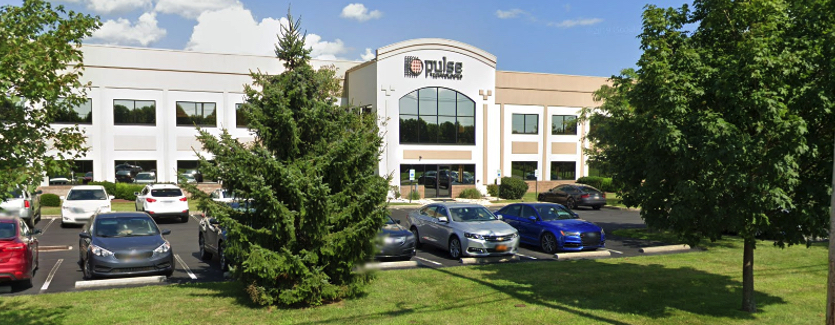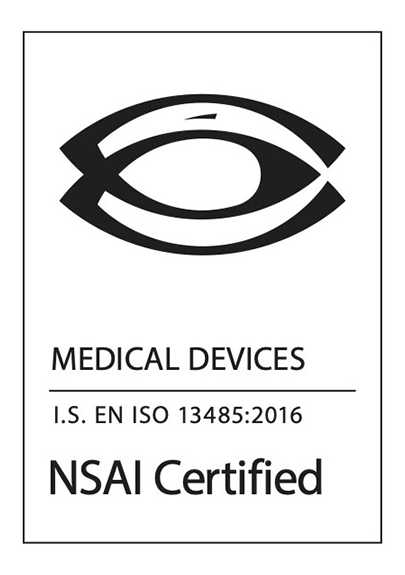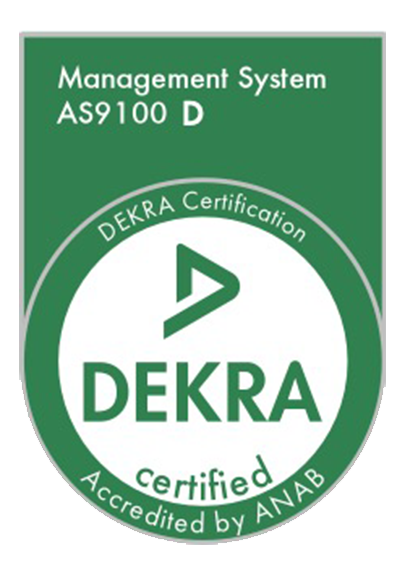Pulse Technologies is collaborating with leading research partners to advance the frontiers of technology for neurostimulation and cardiac rhythm management (CRM) devices. A new groundbreaking study by this team can propel the integration of miniaturization and antibacterial features in electrodes—a development poised to redefine the landscape of long-term implantable neural interfacing devices.
Navigating the challenge of infections and increasing antibiotic resistance
The increased prevalence of antibiotic-resistant bacteria is a real threat, with the Center for Disease Control and Prevention (CDC) estimating that more than 2.8 million antimicrobial-resistant infections occur annually in the US. According to the CDC, over 35,000 deaths occur from these infections.
Surgical site infections, a significant concern for patients undergoing surgery, have been a focal point of our collaborative study. These infections lead to hospital readmissions and account for a substantial portion of hospital-acquired infections. Indwelling medical devices, including those used in neurostimulation and CRM applications, significantly contribute to these infections. Studies show:
- Surgical site infections impact 2%-4% of all patients undergoing surgery.
- These infections account for around 20% of hospital acquired infections.
- Over 50% of surgical site infections can be attributed to indwelling medical devices.
Pulse Technologies and its collaborators recognize the urgency of addressing these challenges, particularly in the context of the rising threat of antibiotic resistance. Traditional antimicrobials face limitations in combating biofilm structures formed post-implantation, necessitating alternative strategies. For safe and long-term application of implantable neural interfacing devices, it is necessary to endow the electrodes and microelectrode arrays with antimicrobial properties to resist microbial-induced infections.
However, the challenge with neurostimulation and CRM devices is that the widely used materials and coatings (such as titanium nitride or iridium oxide) do not exhibit significant antimicrobial activity.
There is an increasing need for new technologies that can prevent and eliminate bacteria and biofilm formation. Integrating novel antibacterial coatings, such as copper oxide, emerges as a promising solution.

Recent trends in the world of implantable neurostimulation and CRM devices
Over the past several decades, millions of patients worldwide have relied on implantable neurostimulation and CRM devices to treat various cardiac and neurological disorders. These devices are designed to modulate neural activity and deliver controlled electrical stimulation to specific neurological sites.
One of the recent trends in this field has been the dual focus on miniaturization and electrochemical performance enhancement of electrodes. The rationale behind this multifaceted approach is clear, as improved electrochemical performance translates to:
- Enhanced charge storage and injection capacity,
- Reduced impedance, and
- Overall improved functionality.
Simultaneously, the pursuit of miniaturization aligns with the broader industry goal of ensuring compatibility with normal human activities and maximizing patient comfort.
The ability to deliver these performance enhancements and increased antimicrobial activity to reduce surgical site infections is one of the critical challenges facing device manufacturers.
Collaborative breakthrough: Antibacterial platinum-iridium electrodes
In collaboration with esteemed research partners, Pulse Technologies has made significant strides in addressing post-implantation complications, particularly surgical site infections and the looming threat of antibiotic resistance. The collaborative effort culminated in the potential of developing electrochemically active antibacterial platinum-iridium electrodes specifically tailored for neural stimulation, sensing and CRM applications.
An innovative two-step development process was employed in this study:
Hierarchical surface restructuring (HSRTM) with femtosecond lasers
The first step involved femtosecond laser hierarchical surface restructuring (HSR™), a technology that imparts hierarchical surface structures with coarse-scale rough structures and a finer nanostructure subset on Pt-10Ir electrodes. These structures are crucial for achieving high electrochemical performance.
Atomic layer deposition (ALD)
The second step incorporates atomic layer deposition to deposit conformal antibacterial copper oxide (CuO) thin films on the hierarchical surface structure of the electrodes. There is a delicate balance between enhancing antibacterial properties and preserving the electrochemical performance of the electrodes. Thorough studies of the morphological, compositional, and structural properties using advanced microscopy and spectroscopy ensured a comprehensive understanding of electrode characteristics.

SEM micrographs of uncoated HSR-Pt10Ir electrodes (top row) and ALD coated (~ 24 nm CuO film) HSR-Pt10Ir electrodes (bottom row) at various magnifications
Study Insights: Superior electrochemical performance with antimicrobial resistance
The results of the collaborative study showed that antibacterial ultra-thin and conformal CuO films can be deposited via ALD on hierarchically restructured Platinum iridium (Pt10Ir) electrodes. This process:
- Renders the electrodes antibacterial
- Has minimal impact on the device’s electrochemical properties.
The study showed that after hierarchical surface restructuring, the surface of Pt10Ir electrodes undergoes topographical transformations that result in electrodes with superior electrochemical performance. The ALD-deposited CuO coating on hierarchically restructured Pt10Ir electrodes could release sufficient antibacterial Cu ions to kill E. coli and S. aureus, two common types of bacteria responsible for implant infections.
The results of this study offer a comprehensive approach to potentially reducing surgical site infections in indwelling medical devices. The insights gained from this collaborative research could potentially revolutionize the landscape of long-term implantable neural interfacing devices. The study provides a roadmap for developing devices that deliver therapeutic benefits and actively resist microbial-induced infections.
Paving the way for a safer and more effective future
Pulse Technologies’ significant contribution to this study represents a leap forward in developing next-generation neural interfacing and CRM devices. Integrating miniaturization and antibacterial attributes addresses critical challenges in long-term implantable neural interfacing devices, emphasizing a holistic approach to patient well-being. As Pulse Technologies continues to lead the charge in innovation, these developments pave the way for a safer and more effective future in neurostimulation, CRM and beyond.
“At Pulse Technologies, we’re proud of our breakthrough study that can potentially significantly enhance the performance and functionality of neurostimulation and CRM devices. Our focus on miniaturization, electrochemical enhancement, and integrating antibacterial attributes into platinum-iridium electrodes is reshaping long-term implantable devices. We’re tackling infections and antibiotic resistance head-on, paving the way for a safer and more effective future. As a team, we’re innovating for a better tomorrow.”
Shahram Amini, Ph.D., VP of R&D, Pulse Technologies

At Pulse Technologies, we offer:
- 30+ years of medical device manufacturing experience
- Industry-leading in-house metrology and testing capabilities
- 70,000-square-foot facility
- 100+ CNC machine tools.
- Data conveniently formatted for DHFs/DHRs and more
Want to learn more about our medical device manufacturing capabilities? Contact us today.
 Careers
Careers Contact
Contact







